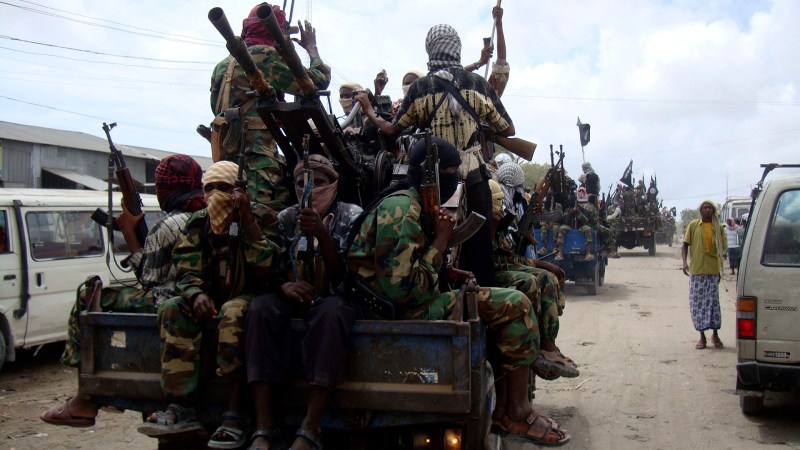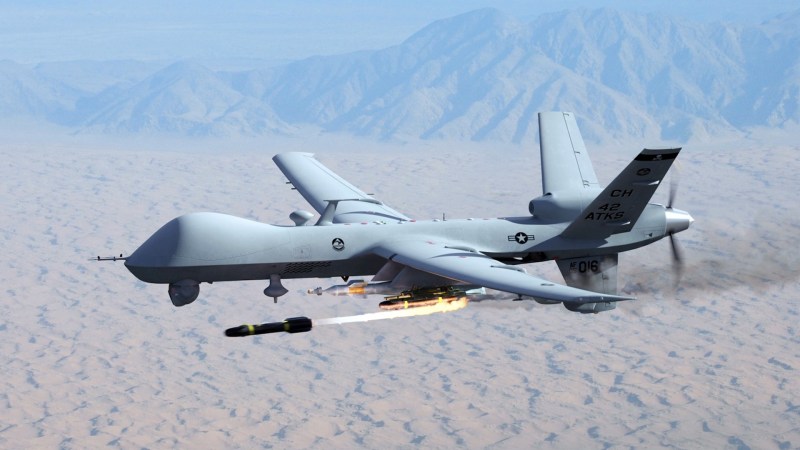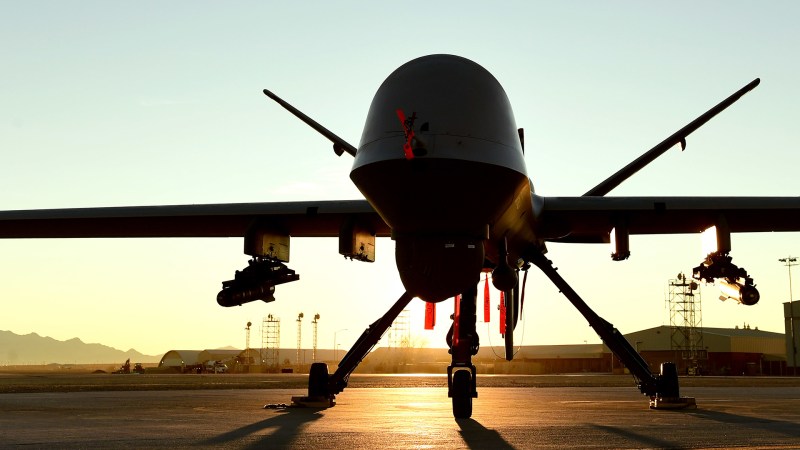U.S. officials are assessing whether a drone strike in Somalia killed two Cuban doctors who were being held hostage on the ground.
The Feb. 15 drone strike against al-Shabab took place near Jilib in southern Somalia, according to U.S. Africa Command. There was no announcement of the strike when it occurred but the command released a statement after accusations surfaced of the two hostage deaths.
Both of the hostages allegedly killed in the strike were Cuban doctors. Dr. Landy Rodriguez Hernandez and Dr. Assel Herrera Correa were kidnapped by Al-Shabab on April 12, 2019 while working as health workers in Mandera, Kenya.
Cuba’s Minister of Public Health José Ángel Portal Miranda said in a statement that the Cuban government was working to confirm the deaths of the two and that the government has been in constant contact with the families of both doctors.
Cuba has deployed more than 600,000 health workers to 165 nations over the last six decades on medical missions, Moranda said. Cuba’s medical missions have ranged from helping nations with insufficient medical personnel to coronavirus pandemic response.
AFRICOM has often reported drone strikes against al-Shabab, which the command terms as “defensive,” including one on Feb. 9 in Yaq Dabel, Somalia. That strike killed two al-Shabab terrorists, according to U.S. officials.
AFRICOM said in a statement that they “take all claims of civilian casualties seriously” and that officials will assess the results of this operation and provide additional information as available.
The Pentagon says that less than 500 U.S. troops are in Somalia. U.S. troops assist the local government in operations against al-Shabab, a militant group with strong ties to al-Qaeda.
On the same day of the strike, the U.S. signed a memorandum committing to build up to five military bases for the Somalia National Army, including the Danab Brigade, for over $100 million, according to a U.S. Embassy Somalia release.
Subscribe to Task & Purpose today. Get the latest military news and culture in your inbox daily.
According to Assistant Secretary of State for African Affairs Molly Phee, U.S. support to the Danab Brigade is “a centerpiece of our ongoing security cooperation with Somalia” and the construction of the new bases “reflects our recognition of the success of our joint efforts to build a capable, professional, and accountable force.”
The U.S. and Somalia established an agreement in 2017 to recruit, train, equip, and mentor 3,000 Somalians to build the country’s light infantry capability. “Since its creation, the Danab Brigade has demonstrated its capacity to engage al-Shabab as a quick reaction strike force in battle and has maintained a clan-neutral character,” according to embassy officials.
The U.S. has been in the region combatting al-Shabab for decades, mostly through partnerships with host governments but occasionally in direct combat, as in the 2020 attack at Manda Bay.
In January 2020, an attack by al-Shabab on an American air base at Manda Bay, Kenya killed a U.S. soldier and two American contractors. Three U.S. personnel and one Kenyan soldier were also injured. On the morning of Jan. 5 around 30-40 al-Shabab militants overran the base, attacking the airfield and Camp Simba where U.S. forces were housed.
The DOD’s official investigation found that inadequate force protection, complacent leadership and intelligence and communication problems all contributed to the attack.
“Certain senior officers contributed to the inadequate force posture at Manda Bay and, to some extent, allowed a climate of complacency and poor understanding of the threat,” according to one Army investigator. “In the end, though, while some individuals could and should have done better, the negligence of the individuals identified in the review was not the cause of the losses suffered in the attack, although it may have made the airfield more vulnerable.”
In May 2022, the Department of Defense announced that it would continue a “small, persistent U.S. military presence” in the country for advise-and-assist support, reversing former President Donald Trump’s decision to remove the U.S. military’s footprint in the country.
“Al-Shabab remains a threat. And that threat we assess not only continues, but is increasing. And we believe this is the best way for us to continue what has remained a very valuable advise and assist and training mission; this is a better way to do it,” former Pentagon Press Secretary John Kirby said on a call with reporters after the announcement.
Kirby said at the time that moving service members in and out of the country, rather than staying in place, was inefficient and increased the risk to U.S. troops. The Biden administration’s strategy in Somalia, according to Kirby, is to reduce threats posed by al Shabab and suppress its ability to plot and carry out terrorist operations like the Manda Bay attack.
The latest on Task & Purpose
- The Air Force wants retirees to help fill gaps in the service
- Navy allows sailors to put hands in pockets as hell freezes over
- The Army’s next-gen combat helmet is now arriving with soldiers
- Navy now allows sailors to wear leggings under PT shorts
- Legendary Marine Scout Sniper Chuck Mawhinney dies at age 75
























